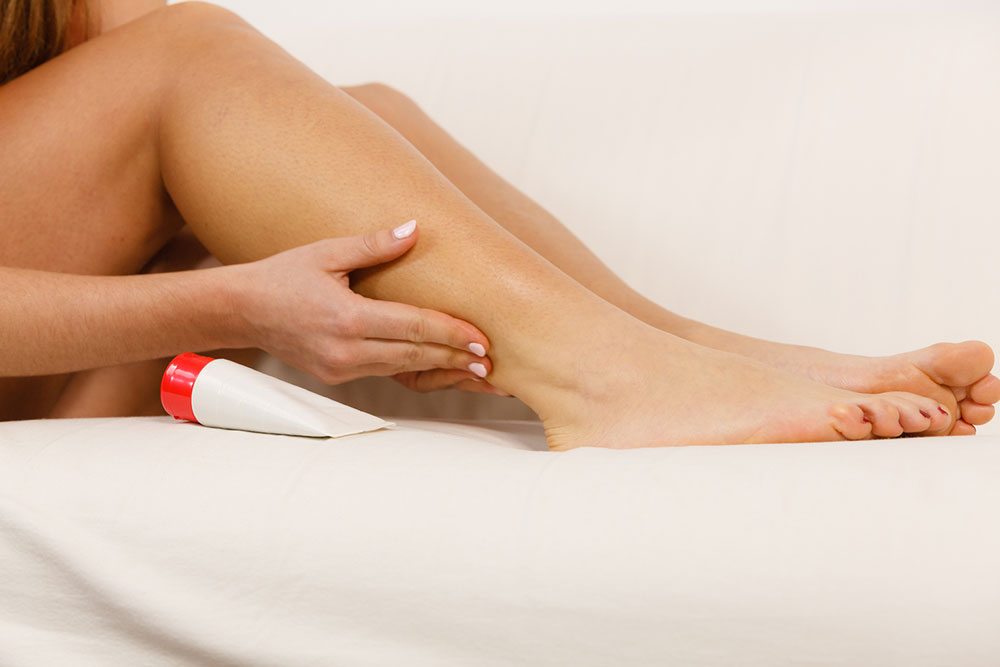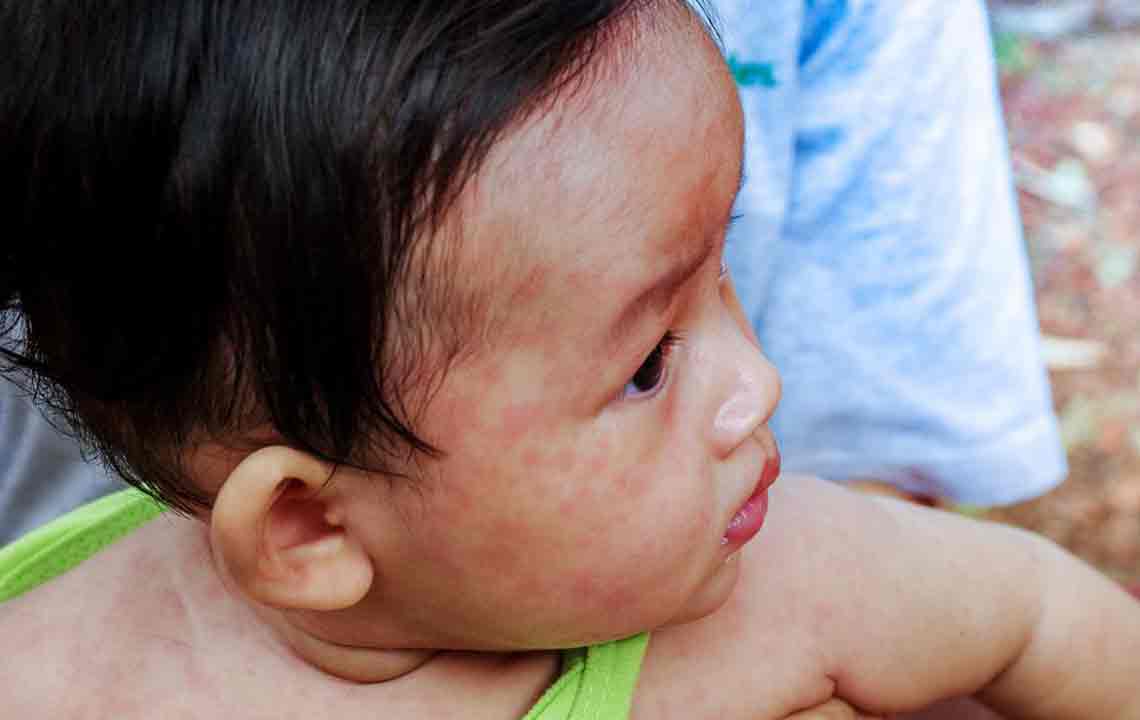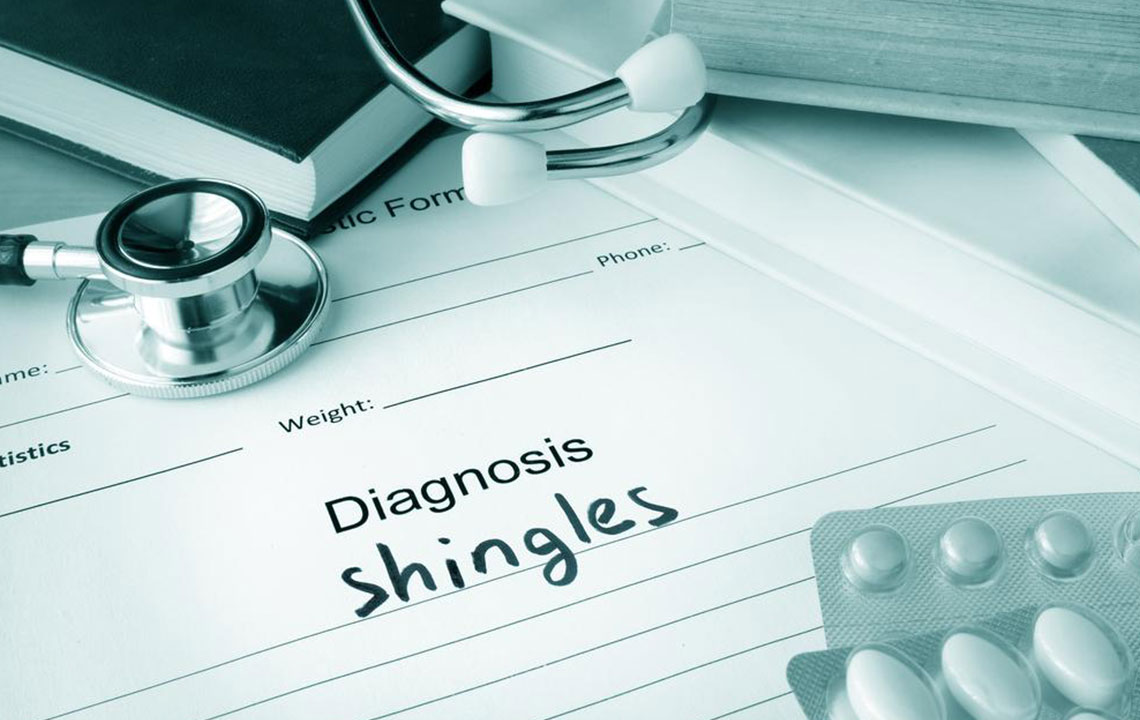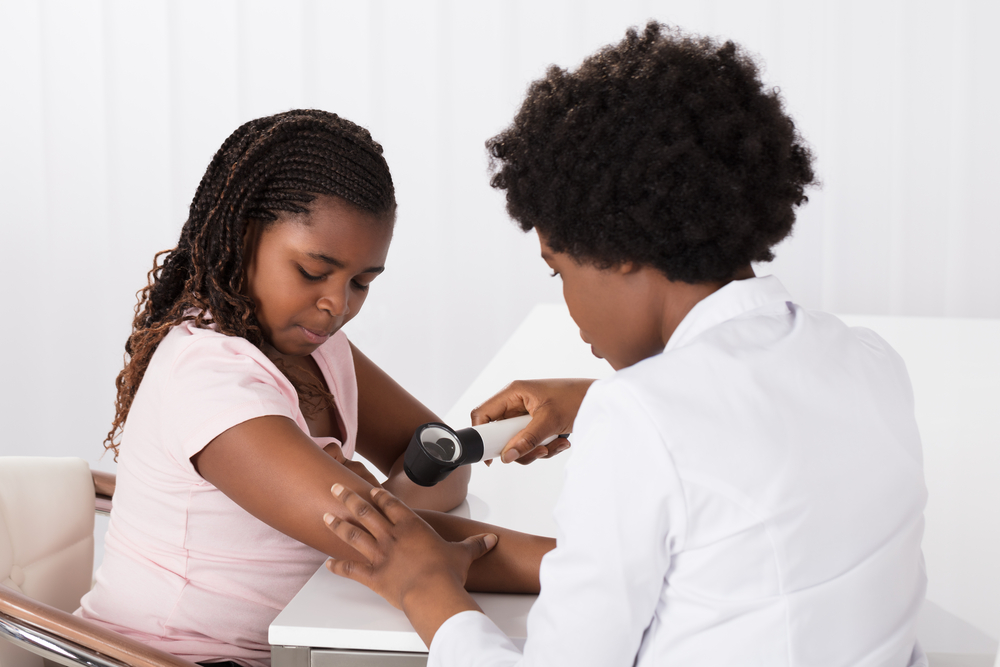Comprehensive Guide to Shingles: Symptoms, Causes, and Effective Treatment Options
This comprehensive article explores shingles, detailing its symptoms, causes, and treatment strategies. It emphasizes the importance of early medical intervention and vaccination, while offering practical home remedies to ease discomfort. Understanding shingles helps promote awareness and proactive health management, especially for vulnerable populations like older adults and immunocompromised individuals. Learn how to recognize signs and take effective steps to prevent and treat shingles effectively.

Comprehensive Guide to Shingles: Symptoms, Causes, and Effective Treatment Options
Shingles, also known as herpes zoster, is a neurological condition caused by the reactivation of the varicella zoster virus, the same virus that causes chickenpox in childhood. After a person recovers from chickenpox, the virus does not completely leave the body; instead, it remains dormant in nerve tissue near the spinal cord or brain. Years or even decades later, the virus can reactivate, leading to shingles, which manifests as a painful rash accompanied by blistering skin lesions.
Understanding the symptoms, causes, and available treatment options for shingles is crucial for early intervention and effective management. Engaging in preventive measures, such as vaccination, can significantly reduce the risk of developing shingles and its complications.
Key symptoms of shingles include:
Persistent pain, burning, or tingling sensations in specific areas, often preceding rash development
Red or pink rash emerging days after initial nerve pain
Clusters of fluid-filled blisters that eventually crust over and heal
Itching, sensitivity, and discomfort in affected regions
Additional systemic symptoms may present as:
Fever and chills
Persistent headache
Extreme fatigue or malaise
Light sensitivity or photophobia
The initial discomfort is commonly intense pain, which can be misleading and mistaken for cardiac, renal, or pulmonary issues. When the shingles rash appears on the face or near the eyes, it poses a risk of vision loss and requires immediate medical evaluation.
Various treatment options are effective in managing shingles:
Antiviral medications: Drugs such as famciclovir, acyclovir, and valacyclovir can reduce the severity of symptoms and speed up healing when administered early in the course of illness.
Anti-inflammatory drugs: Nonsteroidal anti-inflammatory drugs (NSAIDs) like ibuprofen or aspirin help decrease inflammation and alleviate pain.
Pain management: Over-the-counter analgesics, opioids, or nerve pain medications like gabapentin may be prescribed for severe discomfort.
Antihistamines: Medications such as diphenhydramine can help control itching and allergic reactions.
Topical treatments: Numbing creams, lidocaine patches, or capsaicin patches apply local relief and reduce nerve pain.
Post-shingles nerve pain prevention: Capsaicin preparations and certain antidepressants may be recommended to address post-herpetic neuralgia—a common complication of shingles.
In addition to medication, several home remedies can alleviate symptoms and improve comfort:
Cooling compresses: Applying water-soaked cloths or cool packs (not ice) to affected areas can soothe pain and reduce inflammation.
Aloe vera and gentle skin care: Applying soothing agents such as aloe vera gel may provide relief from itching and promote healing.
Oatmeal baths: Lukewarm baths with colloidal oatmeal or baking soda create a soothing environment, help prevent infection, and reduce skin irritation.
Diet and immune support: Incorporating nutrient-rich foods like leafy greens, fruits, lean proteins, eggs, legumes, fish, dairy, spinach, and tomatoes can bolster immune function. Conversely, it is advisable to limit intake of foods high in saturated fats, refined sugars, and arginine-rich foods such as nuts and chocolates, which may exacerbate outbreaks.
Preventive measures, especially vaccination, play a significant role in reducing the risk of shingles. The shingles vaccine is recommended for adults over 50, regardless of whether they've had previous episodes, as it effectively decreases the incidence and severity of the illness.
Prompt medical consultation is essential in certain situations, including:
The rash appearing near or on the eyes, risking vision loss
Persistence of symptoms beyond ten days without improvement
Individuals aged over 60 or those with compromised immune systems
Involvement of multiple dermatomes or widespread skin lesions
In summary, shingles is a manageable condition when diagnosed early and treated appropriately. Awareness of symptoms, risk factors, and available interventions can improve outcomes and reduce the risk of serious complications.





